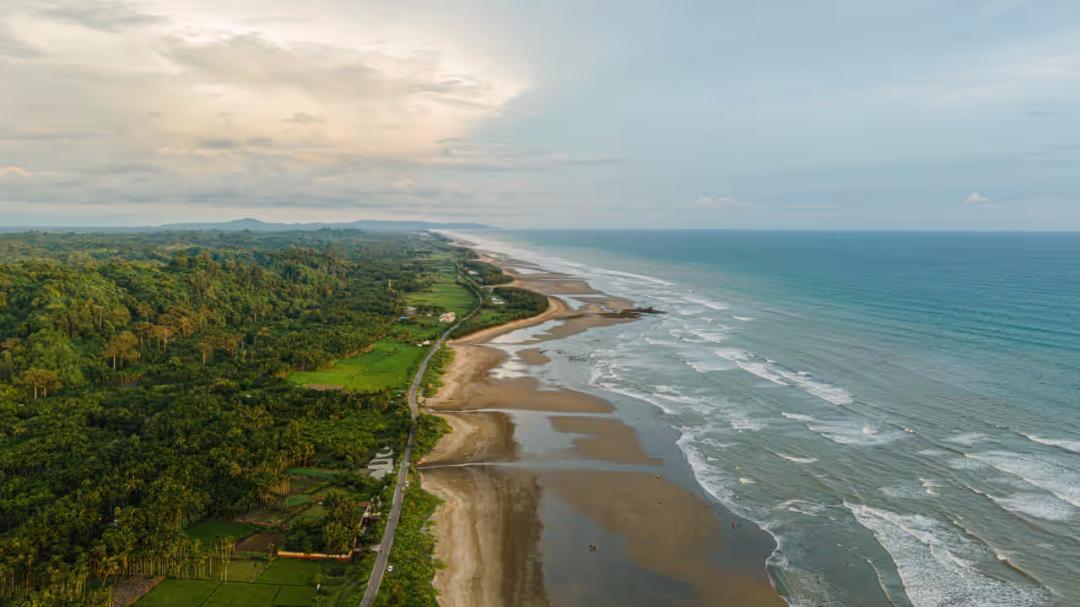
Climate Change Sparks Severe Water Crisis in Coastal Bangladesh
The effects of climate change are being felt across the globe, but some regions are more vulnerable than others. Coastal Bangladesh is one such area, where rising seas and intense storms are turning the region into a severe water crisis zone. The intrusion of saltwater into freshwater sources has contaminated wells, ponds, and farmland, leaving millions of people struggling to access clean drinking water. The situation is particularly dire in the districts of Khulna and Satkhira, where families are forced to walk long distances, store rainwater, and endure constant displacement as climate change reshapes their daily lives and fragile delta communities.
The coastal regions of Bangladesh are home to a significant portion of the country’s population, with many people relying on agriculture and fishing for their livelihoods. However, the increasing frequency and intensity of cyclones, storm surges, and tidal flooding are causing widespread destruction and saltwater contamination. The saltwater intrusion is not only affecting the drinking water sources but also the soil, making it difficult for farmers to grow crops. The consequences are far-reaching, with many families struggling to survive in an environment that is becoming increasingly hostile.
One of the main reasons for the water crisis in coastal Bangladesh is the lack of freshwater sources. The region’s groundwater is being depleted at an alarming rate, and the remaining sources are being contaminated by saltwater. The situation is exacerbated by the fact that many of the wells and ponds are not properly maintained, allowing saltwater to seep in and contaminate the freshwater. The government has initiated several projects to provide clean drinking water to the affected communities, but the efforts are often hindered by a lack of resources and infrastructure.
The impact of the water crisis on the local communities is devastating. Families are forced to walk long distances to collect water from distant sources, which is not only time-consuming but also physically demanding. Many people are resorting to storing rainwater, which is not always a reliable source, especially during the dry season. The constant displacement caused by cyclones and flooding is also taking a toll on the mental and physical health of the communities. The stress and trauma of living in a fragile environment, where the threat of disaster is always looming, are causing anxiety, depression, and other mental health issues.
The district of Khulna is one of the worst-affected areas, with many families struggling to access clean drinking water. The region is home to several major rivers, including the Ganges and the Brahmaputra, but the water is often contaminated with salt and other pollutants. The local authorities have set up several water treatment plants, but they are often inadequate to meet the demand. Many people are forced to rely on traditional methods, such as boiling water, to make it safe for drinking. However, this method is not always effective, and many people are still falling ill due to waterborne diseases.
The situation in Satkhira is equally dire, with many families forced to migrate to other areas in search of clean drinking water. The district is home to several large rivers, including the Rupsha and the Kholpetua, but the water is often salty and undrinkable. The local authorities have initiated several projects to provide clean drinking water, including the construction of tube wells and ponds, but the efforts are often hindered by a lack of resources and infrastructure. Many people are forced to rely on NGOs and other organizations for support, which is not always reliable.
The water crisis in coastal Bangladesh is a complex issue, with multiple factors contributing to the problem. The government, NGOs, and local communities must work together to address the issue and provide clean drinking water to the affected communities. This can be achieved through a combination of short-term and long-term solutions, including the construction of water treatment plants, the rehabilitation of traditional water sources, and the promotion of sustainable water management practices.
In the short term, the government and NGOs can provide emergency relief to the affected communities, including the distribution of clean drinking water and the construction of temporary shelters. The local authorities can also initiate programs to repair and maintain the existing water infrastructure, including the cleaning of wells and ponds and the repair of damaged water treatment plants.
In the long term, the government and NGOs can work together to develop sustainable solutions to the water crisis. This can include the construction of new water treatment plants, the development of rainwater harvesting systems, and the promotion of sustainable agriculture practices. The government can also initiate programs to educate the local communities about the importance of water conservation and the risks associated with climate change.
In conclusion, the water crisis in coastal Bangladesh is a severe and complex issue, with multiple factors contributing to the problem. The government, NGOs, and local communities must work together to address the issue and provide clean drinking water to the affected communities. The situation is dire, but with the right combination of short-term and long-term solutions, it is possible to mitigate the effects of the water crisis and provide a safe and sustainable future for the people of coastal Bangladesh.





